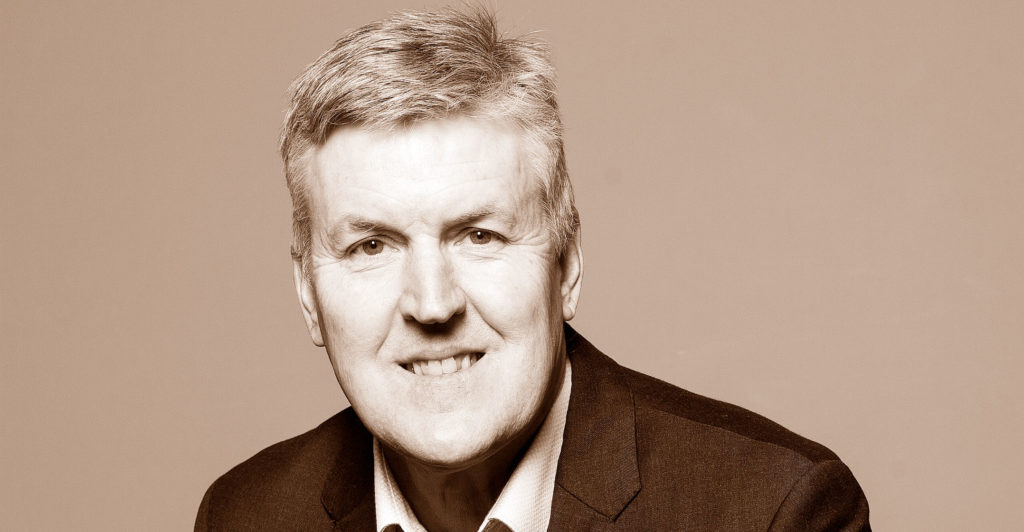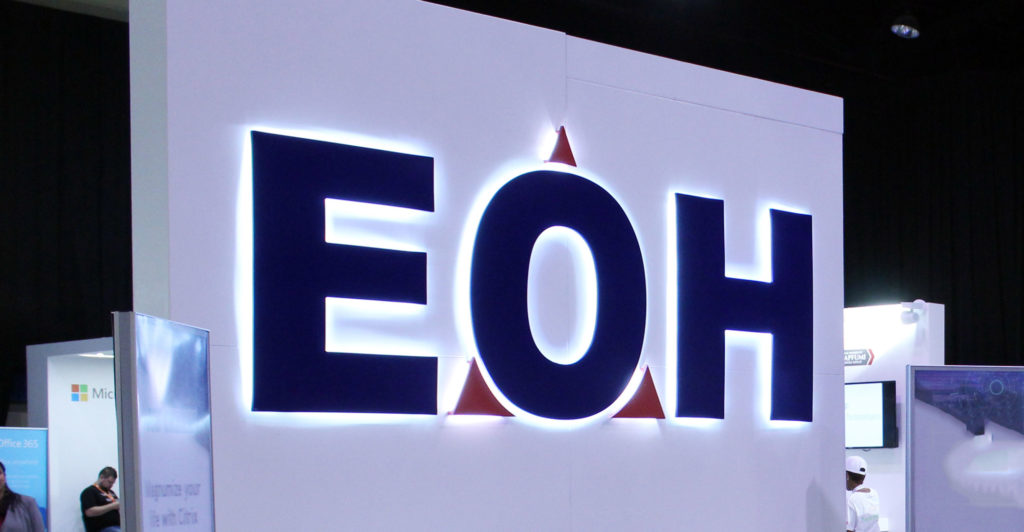
The EOH share price over 10 years look like a classic Bell curve. It currently trades at one-twentieth of its 2017 peak, at which point the salacious stories of corrupt public sector dealings sent it into freefall. Has it at last hit true bottom?
The results for the financial year to July 2021 released on Thursday may give the optimists something to cling to – a swing from a R1.3-billion operating loss to R147-million operating profit.
The main engine of revenue was systems integrator business iOCO, which delivered R4.9-billion out of total group revenue of R7.9-billion, at a 10.7% margin. iOCO accounted for the bulk of Ebitda (earnings before interest, tax, depreciation and amortisation) of R524-million out of a group total of R667-million.
The next largest contributor to revenue was Nextec, with revenue of R1.9-billion, though it made an Ebitda loss of R35-million due to the wind-down of loss-making legacy projects.
In May 2019 the company was faced with a wave of distrust and anger.
Announcing the results on Thursday, CEO Stephen van Coller presented a chart showing the efforts undertaken by the group to restore governance, or what he called “the road to green”.
In 2019, most of the required governance functions were below par, or worse, but by 2021 virtually all had been restored to health.
Not there yet
Business students in the years to come may look on EOH as a case study in business turnaround. It’s not there yet, but the signs are more positive. Three years ago, EOH was a toxic brand associated with corrupt public sector tenders. Van Coller and his team have worked hard to expunge that association, and the fruits of that effort are starting to come through.
For example, the group has more than 50 partnerships with original equipment manufacturers (OEMs), which in prior years were loath to offer it anything more than one-year business renewals. This year, many of these OEMs have signed longer-term contracts, allowing EOH to budget with better certainty. In 2020, EOH’s forward load (the budgeting carry-over from one year to the next) was 45%, now it is more than 55% and rising.
It also won 441 deals worth over R3.1-billion from the public sector, and managed to avoid being blacklisted for past corrupt activities.
A bid review committee scrutinises these deals for pricing and governance, and makes sure they meet all the legal and regulatory requirements. All problematic legacy contracts have been closed, allowing EOH to focus on the next phase of its evolution.
It won 441 deals worth over R3.1-billion from the public sector, and managed to avoid being blacklisted for past corrupt activities
EOH is stacking up some interesting growth projects built around intellectual property, such as software using artificial intelligence to pick up fraudulent and duplicate claims in the funeral and motor sectors, with possibilities to expand into the medical claims insurance business, and a new payroll management system that checks for duplication and over-claiming.
Earlier in the Covid-19 pandemic, EOH developed an automated grant application service to assist millions of South Africans to apply for grants online, and it did this in 48 hours.
Just this week TechCentral reported on the tragic death of former chief financial officer John King (61), who is believed to have passed away from pneumonia, while he and former CEO Asher Bohbot were being sued by EOH for billions of rands in damages for governance lapses when they led the company. The charges against King and Bohbot include delinquency, breach of fiduciary duties and breach of contract.
Other former directors also face charges following a 2019 ENSafrica investigation uncovered evidence of widespread wrongdoing at EOH. This came after Microsoft terminated its relationship the IT group over a suspect department of defence contract.
 On the financial front, debt is down from R2.5-billion to R2-billion over the 2021 financial year (and down from R4-billion in 2018).
On the financial front, debt is down from R2.5-billion to R2-billion over the 2021 financial year (and down from R4-billion in 2018).
Chief financial officer Megan Pydigadu said R433-million had been paid over the last year to lenders, thereby reducing interest charges, while fresh agreements have been reached with lenders to reduce risks to EOH by modifying the lending profile.
The focus on exiting non-core and underperforming businesses has reduced revenue from R11.3-billion in 2020 to R7.9-billion in 2021, but the real benefit is visible in Ebitda margins – up from 3% in 2019 to 9% in 2021.
“Nextec is where our turnaround efforts are focused, and the results show the division is neutral in terms of profitability, but is significantly derisked,” says Pydigadu.
In a previous video presentation, Van Coller spoke about the lessons learned in cleaning out corruption in the organisation and highlighted some of the red flags. One of these flags is a complex corporate structure, suggestive of an organisation at risk of corrupt practices. “Culture beats strategy any day, and it has to come from the top,” says Van Coller.
Limited governance and compliance (such as one or two people signing off everything) are early indicators of possible corruption. To this end, board independence is crucial.
Another vital step in any corporate clean-up operation: Make it easier for whistleblowers. “These will be your best policemen, but you have to make it easy for them.”
Two other lessons learned: Don’t use go-betweens – you don’t have much control over them, you don’t employ them, and even though you can sign contracts with anti-graft clauses in them, they still carry your brand.
“If you’re compromised even slightly, you cannot come back from that,” says Van Coller.
“What has kept us going at EOH is the realisation that 99% of people truly want to do the right thing. People want to subscribe to a moral code that makes them feel good and worthy.”
- This article was originally published by Moneyweb and is used by TechCentral with permission




